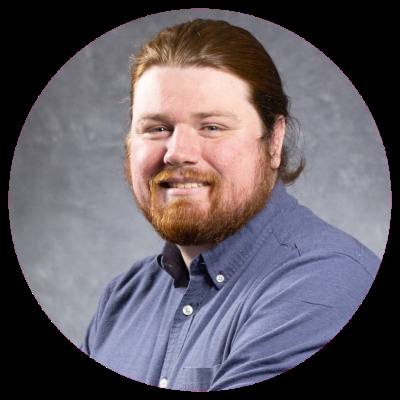The Texas-based real estate firm reported occupancy rates in Dallas-Fort Worth that exceeded 94% in 2022 for the first time in the company’s history since starting in 1990. Weitzman's annual forecast was held Jan. 10 in the George W. Bush Presidential Center in Dallas. The forecast’s data is based on 1,400 shopping centers totaling more than 200 million square feet across the metroplex.
The report found occupancy rates, which refers to the amount of filled leasing space in developed retail areas, reached 93.8% in Dallas and 95.6% in Fort Worth. This is compared to occupancy rates of 96.5% in Austin, 95.1% in Houston and 94.5% in San Antonio.
“2022 is truly a year for the record books,” Weitzman Executive Managing Director Robert Young said.
During the presentation, Young said retail spaces are broken down into five categories: communities, neighborhoods, malls, mixed-use and power centers.
A community center features real estate space for daily needs and is anchored by a grocery store. These centers hit 95.2% occupancy in 2022.
Neighborhood centers reached 94.3% occupancy. While these centers do not have an anchor, Young said they provide consumer options with takeout and drive-thrus. Malls reached 90.7% occupancy. Young said malls have become one of the strongest categories with their evolution to focus on entertainment and experience.
Mixed-use is a small, but active category with 95.2% occupancy, he said. These spaces include multifamily units as well as office or hospitality space. Power centers are anchored by big-box retailers and are at 94.8% occupancy. Young said power centers can include retailers, such as Dollar General’s new store concept Popshelf.
“Retail succeeds when it continually transforms to meet the consumer's preference for convenience and experience,” he said.
Grocers dominated in 2022, with 40% of all new space developed going to grocery stores. H-E-B was prominent in Dallas-Fort Worth’s grocery growth with new locations in Frisco and Plano as well as a new location coming soon to Fort Worth.
Looking into 2023, Young said occupancy is expected to reach 94.5% in 2023 and 95.5% in 2025. For absorption, meaning tenants moving out of spaces and others moving in, the forecast expects 1.5 million square feet of net leasing in 2023, 2 million square feet in 2024 and 2.5 million square feet in 2025. While Young said construction has slowed due to rising costs, 1 million square feet is expected to be developed in 2023. This growth is expected to remain the same in 2024 and 2025.
“Our forecast for 2023 expects supply and demand to remain in balance,” he said.
The event also included an interview with Weitzman Executive Chair Herb Weitzman and Crow Holdings CEO Michael Levy. Weitzman and Levy discussed e-commerce’s effect on the market, the shift from success in office space to retail and the growth of demand in Texas.
Levy said with land in every direction, Texas will continue to see high demand for real estate and retail.
“The demand is going to continue to come,” he said. “People are going to continue to move here.”
A video of Weitzman’s annual presentation is available online here.






